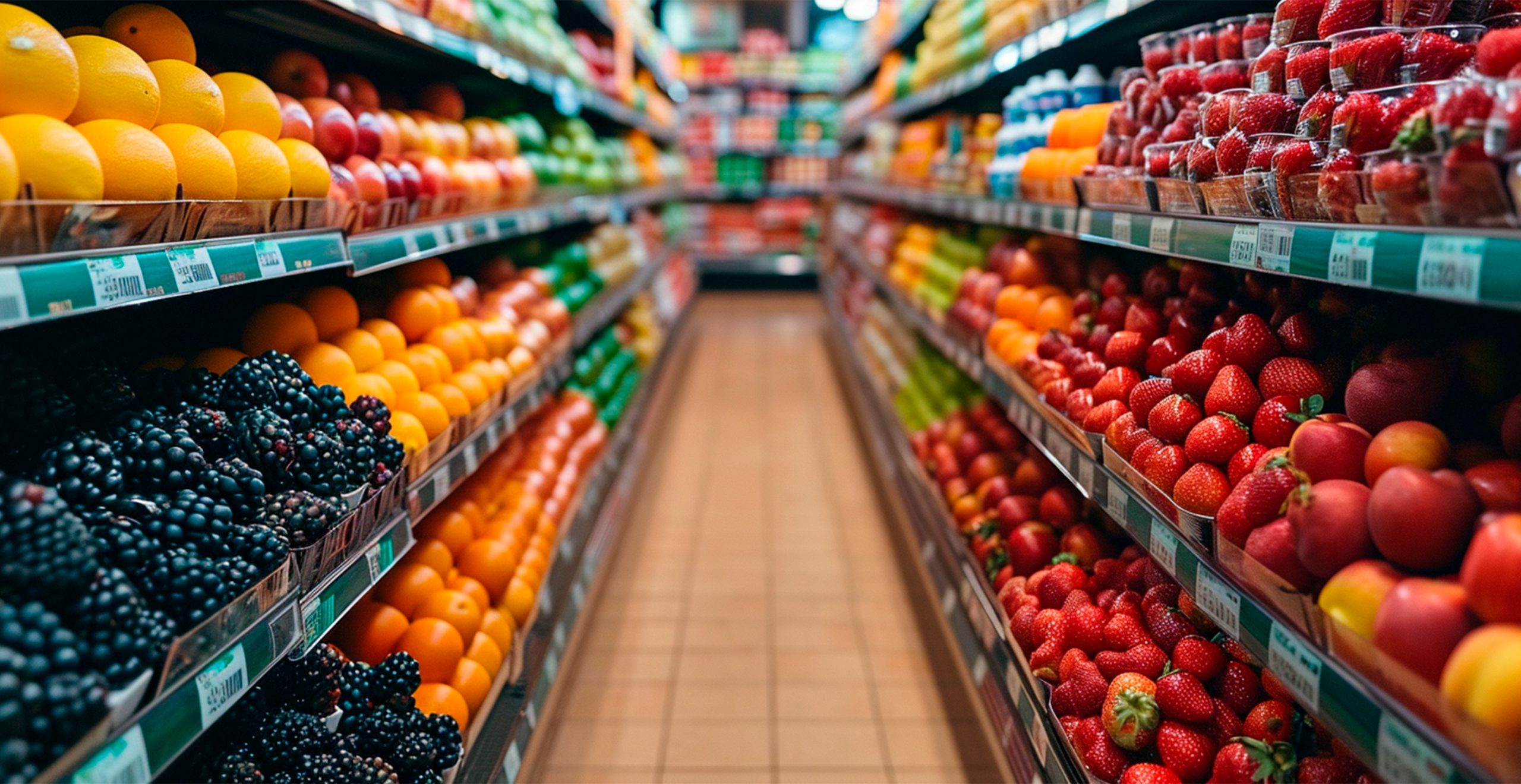
Image Source: 123rf.com
Picture this: your grocery order arrives—but a key item is missing, replaced with something you never expected. Sometimes the reason isn’t a lack of supply—it’s spoilage. When warehouses spot a potentially spoiled item, they take smart steps to protect both your safety and satisfaction. Understanding how they manage spoiled substitutions can make a huge difference in your online grocery experience. Let’s unpack what happens behind the scenes.
1. Detecting Spoilage During Picking
Warehouse staff are trained to identify spoiled or damaged products during the picking process. If a perishable item shows signs of spoilage—like off-odor, color changes, or damage—it’s flagged before it even makes it into your bag. This early detection helps ensure you don’t receive unsafe items. Picking software often logs these findings and removes the product from available stock. Catching issues early is the first critical step in avoiding spoiled substitutions.
2. Replacing with a Safe Alternative
Once an item is flagged, the warehouse switches to a substitute—preferably one with similar attributes, such as the same flavor or brand. Retail research shows customers prefer substitutes they’ve bought previously or that match the original product in quality or category. This policy not only protects food safety but also maintains customer satisfaction. The goal is to offer something familiar, not just available. Careful selection helps minimize the sticker shock of receiving spoiled substitutions.
3. Automation and Technology in Handling Spoilage
Many fulfillment centers use inventory management systems that track expiration dates in real time. These systems can trigger alerts when a product nears its expiration or shows signs of spoilage. By flagging items automatically, warehouses reduce human error and prevent dangerous items from being shipped. This tech also helps with rotating stock to prioritize fresher products. Automated oversight makes the process of managing spoiled substitutions smoother and safer.
4. Notifying Customers and Offering Control
Some retailers give customers a head-up when substitutions occur—especially for perishables. Stores like Tesco inform shoppers via email before delivery, allowing them to refuse certain replacements during drop-off. This transparency ensures you don’t end up stuck with something undesirable or unsafe. Offering control builds trust in a system that can feel out of your hands. Clear communication means you’re not surprised by unexpected spoiled substitutions.
5. Handling Spoilage After Delivery
Even with safeguards, spoiled items may slip through. Many retailers allow you to report and receive a refund or credit for spoilage. On platforms like Reddit, shoppers share how quickly they get credit when they notify the store—even without returning the product. This makes the process convenient and helps maintain consumer trust. Post-delivery policies often shape whether you’ll order again. A hassle-free refund process is key to handling any spoiled substitutions effectively.
What Customers Notice, and Why It Matters
When substitutes feel random—like getting candles instead of tofu—consumers get frustrated. Substitution decisions that don’t align with your needs or preferences can feel careless, especially if spoilage isn’t clearly communicated. Personalization matters: your habits, past purchases, and taste preferences help make substitutions feel like thoughtful swaps—not random grabs. Handling spoiled substitutions correctly means matching not just products, but expectations.
Preventing Spoilage Saves Every Party
Spoilage hurts customers and costs retailers in waste, refunds, and lost loyalty. That’s why many places are investing in smarter inventory systems that track freshness and predict demand to reduce spoilage and unnecessary substitutions. Efficient policies—like only offering substitutions when necessary, or allowing shoppers to opt out globally—also reduce frustration. When warehouses manage spoilage proactively, customers stay happy and costs stay in check.
Safe Substitutions Make for Satisfied Shoppers
Spoiled substitutions don’t have to spell disappointment—they’re avoidable and manageable with smart systems. When warehouses detect spoilage early, use tech to manage stock, and prioritize customer-friendly communication, everyone wins. The process works best when safety, quality, and transparency guide decision-making. Next time your delivery arrives—spoiled substitution or not—you’ll know how much care can go into every item you receive.
Have you ever received a spoiled item in your grocery delivery—and how did the store handle it? Share your story in the comments to help fellow shoppers!
